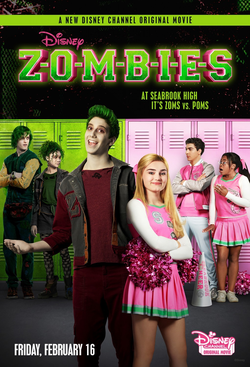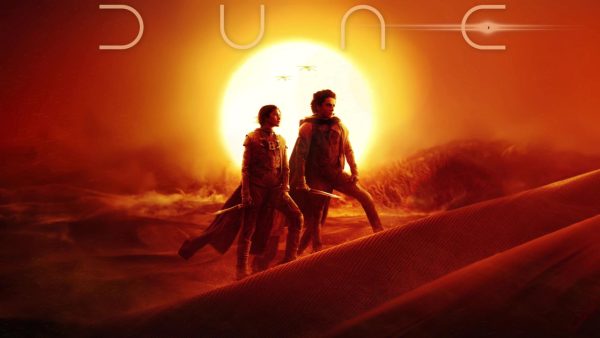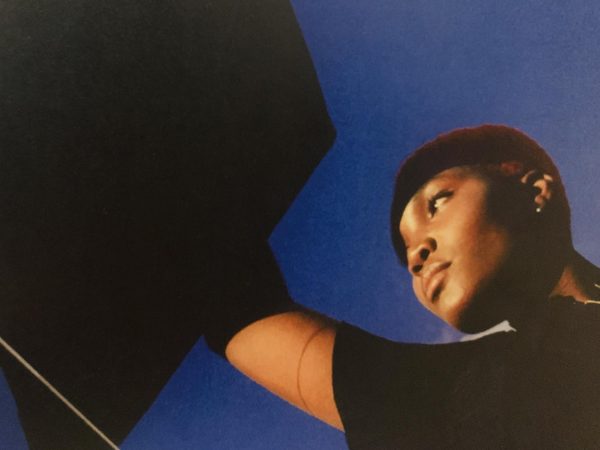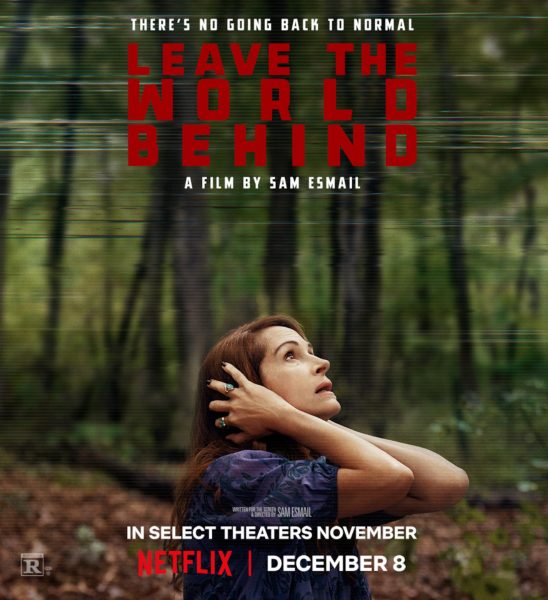Z-O-M-B-I-E-S: A No Brainer Great Movie

With its (or, perhaps, despite its) characteristic Disney high school charm, ZOMBIES tells a relatively nuanced tale. Licensed by Disney.
If you’ve ever watched Disney’s Z-O-M-B-I-E-S, you know it’s an amalgam of pastel colors, nonsensical musical numbers, poorly thought-out race metaphors, and pure unbridled genius.
If you haven’t partaken in a viewing of the Zombie series (that somehow has three movies), feel grateful for not having to battle the conflicting emotions of witnessing pure camp awesomeness and horror at its plot and general themes. But allow me to sum up its contents.
Fifty years ago, an incident involving a lime soda spill at the town of Seabrook’s power plant resulted in an explosion that transformed half of the town into Zombies. The Zombies (essentially just humans that just have green hair), want to integrate into normal society, instead of being segregated into their run-down “Zombietown.”
It seems to be a relatively simple race metaphor clearly intended for children. Zombies are meant to represent the minorities who have also been ostracized and separated from society. But when it’s revealed that without their wristbands, Zombies become brain-hungry super-powered killing machines, unable to control their urges to eat human flesh, the metaphor for accepting others for their differences turns into something much more convoluted.
But somehow, in a series about Zombies that just want to play football, it manages to construct a surprisingly complex conflict of race, trying to be a model minority and having blonde hair.
The story starts with Zed, a Zombie, who is intent on merging the two communities of Zombies and Humans. While the first movie mainly revolves around football and equality, two words you wouldn’t think are related, the second movie complicates the simple narrative.
The second movie introduces a new race into the picture, Werewolves, who have had their land and materials stolen away from them by the settlers of Seabrook. The group is clearly intended to represent Indigenous communities who have also had their land stolen from them.
It’s here that Zed plays a different role, he has finally successfully convinced most humans of Seabrook that Zombies are not actually the dangerous monsters they thought they were. But as the Werewolves enter the picture, they threaten the unity he fought so hard to achieve.
Zed spends the movie trying to convince the people of Seabrook that Zombies are completely different from Werewolves. While they may be wild and “savage,” the Zombies are civil, and would never hurt anyone. He attempts to teach the Werewolves manners and the “human” way of doing things.
While Zed is content with being the model minority in comparison to the Werewolves, his girlfriend, Addison, instead accepts them for who they are and sees that their differences are special.
It’s through this issue that the movie attempts to construct a complex conflict regarding race. However, it never addresses that it’s Addison’s privilege of being a human that allows her to be kind and accept others. In the end, her standing in society will never be affected, while Zed’s entire future rides on the cooperation of the pack of wolves.
The reason the movie doesn’t address Addison’s privilege? She has blonde hair, which apparently, is another independent race of people. If you’re trying to keep track of the different races this movie has, I would give up while you’re ahead.
So does Z-O-M-B-I-E-S successfully dismantle these issues in a productive way that is simultaneously digestible to the child audience it’s intended for?
Well, no. It ends every movie in very Disney fashion, with an upbeat colorful musical number about accepting yourself for who you are. It tackles the social issues as clumsily as you’d expect in a movie where being a cheerleader is essentially its own ethnicity. But it does offer a surprisingly nuanced examination of these issues that many other children’s movies don’t even attempt to do.
So if you’ve ever been dying for a movie that has zombies, cheerleaders, werewolves, aliens, and blonde hair discrimination, look no further than the Z-O-M-B-I-E-S franchise.

Sophii is a reluctant senior at Boulder High School and is both the Editorial Editor and Media Director for The Owl. Outside of school she enjoys not being at school or doing anything affiliated with school. On her own time, she loves to add books to her “TBR,” that she’ll never actually read, come up with story ideas that she’ll probably never write, and form very strong opinions on affairs that do not affect her or really anyone else, for that matter. She works at the Boulder Dinner Theatre as a glorified lunch lady. As an avid hater of purple grapes, she insists she will be a die-hard green grape afficionado for the rest of her lifetime. She thoroughly enjoys watching TV and making...






